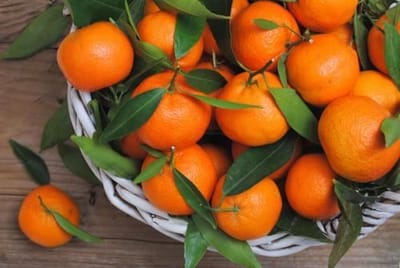Fuzhou
有福之州
Blessed state
City standard
市标
“Three mountains and mountains, a long stream of water” This is the landscape that nature has given to Fuzhou City. The Lijiang River records: "The famous temple of China, the lotus in the north, and the three mountains in the south."
Fuzhou City has beautiful and beautiful Yushan, Wushan and Pingshan, making Fuzhou a unique urban pattern of “mountain in the city and city in the mountains”.
The mother river of Fuzhou, along with the city, has a history of more than 2,000 years. At the source of the city, the Lijiang River is divided into two tributaries, one flowing to the sea and one passing through the city.
“Three mountains and mountains, a long stream of water” This is the landscape that nature has given to Fuzhou City. The Lijiang River records: "The famous temple of China, the lotus in the north, and the three mountains in the south."
Fuzhou City has beautiful and beautiful Yushan, Wushan and Pingshan, making Fuzhou a unique urban pattern of “mountain in the city and city in the mountains”.
The mother river of Fuzhou, along with the city, has a history of more than 2,000 years. At the source of the city, the Lijiang River is divided into two tributaries, one flowing to the sea and one passing through the city.
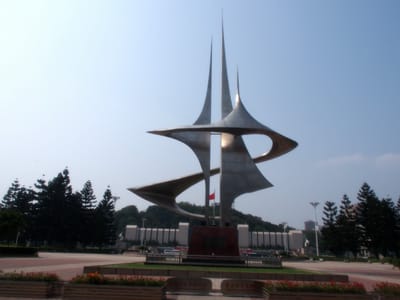
Three Lanes and Seven Alleys
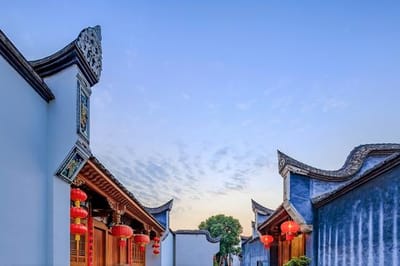
Fuzhou, an ancient city center with more than 2,200 years of history, is home to the famous Sanfangqixiang historical and cultural district. It covers an area of about 40 hectares and consists of three squares, seven lanes and a central axis street, namely Yijinfang, Wenrufang, Guanglufang, Yangqiao Lane, Langguan Lane, Taxiang, Huangxiang, Anmin Lane, Gongxiang, Jipi Lane and South Back Street have been called “Three Squares and Seven Lanes” since ancient times. Sanfangqixiang is a national 5A-level tourist scenic spot, and it is the only part of Fuzhou Old Town that has survived the demolition and construction after the founding of the People's Republic of China. It is the source of history and the root of culture in Fuzhou.
Earth building
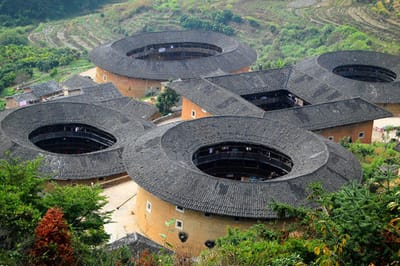
Nanjing Earth building, also known as Fujian Earth building, has Fujian Nanjing Earth building National Forest Park. The Nanjing Earth building is located in Bozhou City. The Earth building is famous for its long history, numerous numbers, large scale, strange shape and unique style. It is known as “ Fabulous mountain architecture." Fujian Earth building was born in the Song Dynasty, gradually matured during the Ming and Qing dynasties, and has continued to this day. Fujian Earth building is a unique large-scale bauxite residential building in the world. It is based on the mountain and has a reasonable layout. It absorbs the concept of “fengshui” in traditional Chinese architectural planning, adapts to the living and defense requirements of the ethnic group, and makes clever use of the mountain. The narrow flat land and the local building materials such as raw soil, wood and pebbles are self-contained systems, which are characterized by economy, sturdiness and defensiveness, and are also very beautiful.
Mount Wuyi
武夷山
Mount Wuyi is located in Lead Mountain County of Jiangxi Province and Wuyishan City of Fujian Province. The western part of Wuyi Mountain is a key area for global biodiversity conservation. It distributes the most complete, most typical and largest sub-tropical native forest ecosystem in the world at the same latitude.
Mount Wuyi is located in Lead Mountain County of Jiangxi Province and Wuyishan City of Fujian Province. The western part of Wuyi Mountain is a key area for global biodiversity conservation. It distributes the most complete, most typical and largest sub-tropical native forest ecosystem in the world at the same latitude.
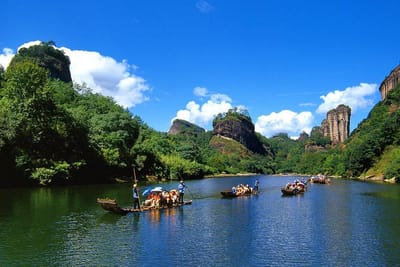
Gushan Mountain
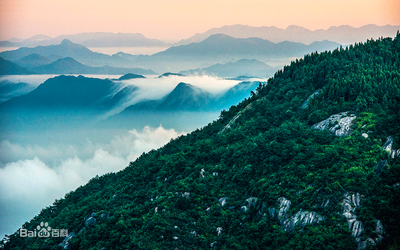
Gushan is located in the eastern part of Jinan District, Fuzhou City, Fujian Province, on the north bank of the Minjiang River, about 8 kilometers from the downtown area. It is one of the most famous scenic spots in Fuzhou. Drum Mountain Scenic Area is centered on the ancient temple Yongquan Temple. There are more than 20 scenes in the east, such as Huilongge and Lingyuan Cave. There are dozens of scenic spots in the west, including 18 scenic spots. There are more than 50 Luohantai and Xianglufeng in the south. Scenery; there are 45 scenic spots in the north, such as Dading Peak and Baiyun Cave. These scenic spots are mainly composed of long-term erosion, weathering, collapse and accumulation of granite, which are in various poses, and constitute natural landscapes such as Tao Taolin , Liuhai fishing rod, Yusunfeng, Baxianyan and drinking water rock. In addition, there are many stone cliffs in the past.
Min jiang River
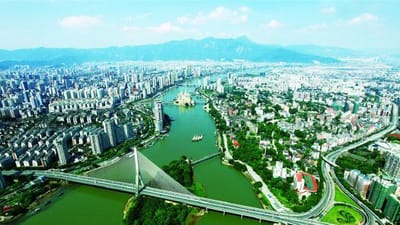
Min jiang River, the largest river in Fujian Province in China, flows into the sea (East Sea). Originated from the junction of Fujian and Jiangxi, Junkou Town, Jianning County. The three major tributaries of Jianxi, Futunxi and Shaxi are called the Min jiang River after converging near the Yanping District of Nanping. Passing through the coastal mountains to Nantai Island in Fuzhou, it is divided into two parts, and the Luoxing Tower is compounded into one, which is turned into the northeast and flows out of the island to the East China Sea. Taking Shaxi as the source, it has a total length of 562 kilometers and a drainage area of 60,992 square kilometers, accounting for about half of the province's total area.
Jasmine
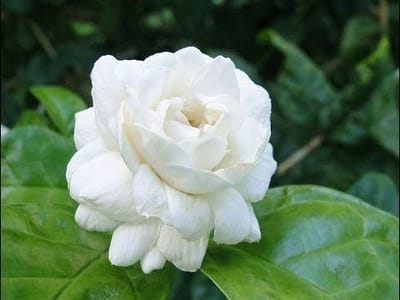
"Flowers are full of gardens, and the fragrance is not too strong." It is the jasmine flower that "a plant can smoke a room",Jasmine is also the flower of Fuzhou City.
Although there are no stunned jasmine flowers, the sweetness of roses, the fragrant fragrance of plum blossoms, the solitude of orchids, and the elegance of magnolias are not unique.
Eucalyptus
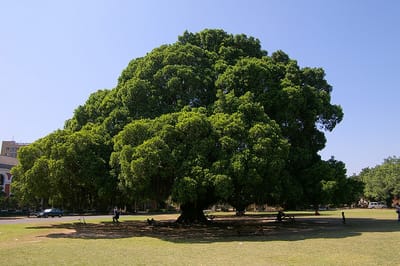
榕树
The banyan tree was named as the provincial tree in Fujian Province, and the banyan tree was also rated as the city tree by Fuzhou.
Spring roll
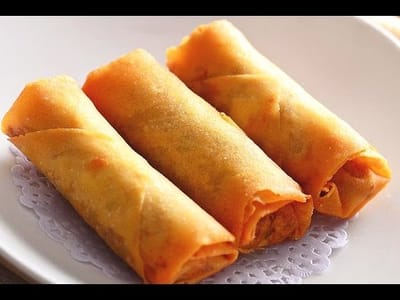
春卷
Spring rolls, also known as spring cakes, spring dishes, and crepes. It is a traditional food of Chinese folk festivals. It is popular in all parts of China and is especially popular in Jiangnan and other places. In southern China, do not eat dumplings during the Spring Festival, eat spring rolls and sesame dumplings.
Fish balls
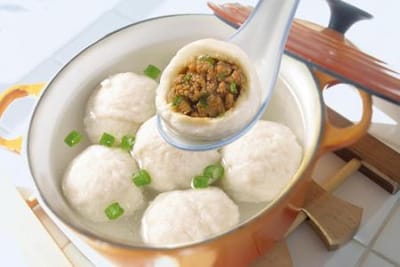
Fish balls, also known as "fish-bone meat", are made with squid, shark or freshwater fish cistanche, mixed with sweet potato powder (starch), and then filled with pill-like food made from pork lean meat or shrimp. One of the snacks. The fish balls are traditionally cooked in Fuzhou, Weinan, Guangzhou, Taiwan, and Fuzhou, Jiangxi. They are Cantonese cuisine or Cantonese cuisine. Also known as "water pill", in ancient times called "salmon pill". Because it is delicious, it is not too greasy, it can be used as a snack ingredient, and it can also be used as a soup. It is an indispensable seafood dish for coastal people.
Breakfast
Guobian
锅边
Fujian-style snacks are rich and varied, among which Guobian paste (also known as pot-side paste) has become a famous snack in Fujian and has become a special symbol of Fujian.
Begonia
海蛎饼
Begonia cake is a kind of Fujian cuisine, popular in Fujian Fuzhou, Zhuxian and Ningde. Begonia cake is a fried snack. The palate is crispy and delicious, shaped like a round shape, golden in color, crispy in the shell, and can be eaten as a snack alone.
锅边
Fujian-style snacks are rich and varied, among which Guobian paste (also known as pot-side paste) has become a famous snack in Fujian and has become a special symbol of Fujian.
Begonia
海蛎饼
Begonia cake is a kind of Fujian cuisine, popular in Fujian Fuzhou, Zhuxian and Ningde. Begonia cake is a fried snack. The palate is crispy and delicious, shaped like a round shape, golden in color, crispy in the shell, and can be eaten as a snack alone.
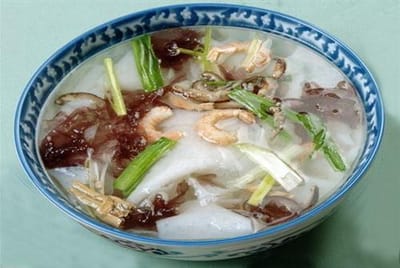
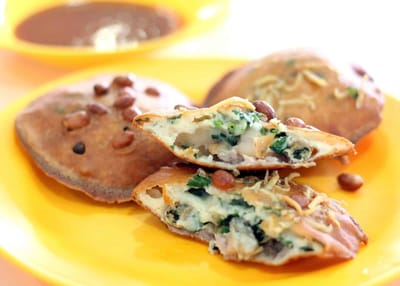
Dessert
Ice rice
冰饭
Ice rice is a traditional snack in Changle District of Fuzhou. It is a cool and delicious iced dessert in summer.
Taro mud
芋泥
It is also known as glutinous rice glutinous rice. It is one of the traditional sweets in Fujian Province. It is made from steamed bun and red dates, cherries, melon seeds, melon sugar, sugar, osmanthus and cooked lard. There is a custom of making mud in the coastal areas of eastern Fujian. Clay is often introduced as a finale dessert at the Fuzhou banquet.
冰饭
Ice rice is a traditional snack in Changle District of Fuzhou. It is a cool and delicious iced dessert in summer.
Taro mud
芋泥
It is also known as glutinous rice glutinous rice. It is one of the traditional sweets in Fujian Province. It is made from steamed bun and red dates, cherries, melon seeds, melon sugar, sugar, osmanthus and cooked lard. There is a custom of making mud in the coastal areas of eastern Fujian. Clay is often introduced as a finale dessert at the Fuzhou banquet.
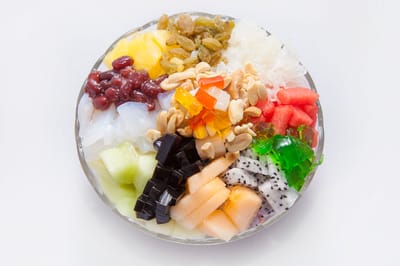
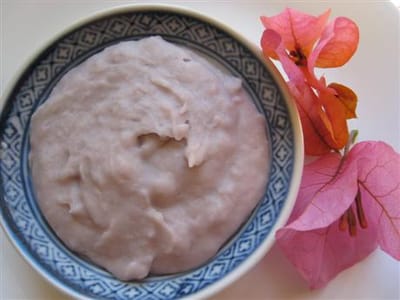
Olive

橄榄
Olives are rich in nutrients. The flesh contains protein, carbohydrates, fat, vitamin C and minerals such as calcium, phosphorus and iron. The content of vitamin C is 10 times that of apples, 5 times that of pears and peaches, and the amount of calcium is also high. And easily absorbed by the body.
Longan
龙眼
Longan is one of the famous fruit trees in southern and southeastern China, often compared with lychee. Longan is rich in glucose, sucrose and protein, and its iron content is also high, which can improve heat energy and supplement nutrition.
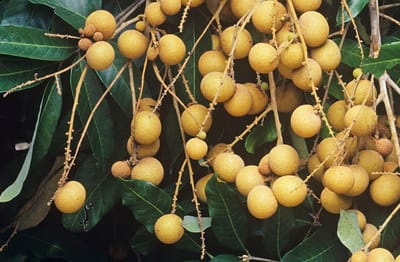
Fu orange
福橘
Fu orange is an orange produced in Fujian. Chinese folks have the folklore of eating Chinese for the New Year. Fu Tang is the top grade of orange in China. It is oblate, bright red, thin and juicy, sweet and sour, and has a long-standing reputation.
